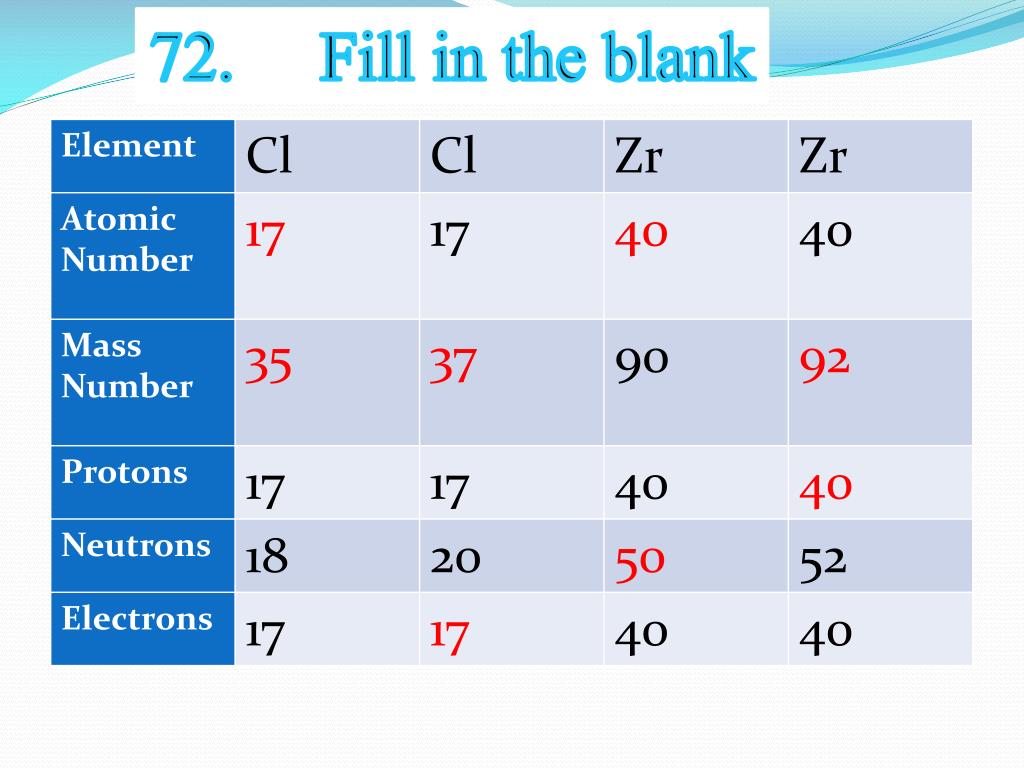

But it is always found as a compound with other elements.
#How many neutrons does caesium have free#

Chemical properties of IndiumĬhemical properties of indium are mentioned below. Cesium has many isotopes, but out of those isotopes, the isotope 133Cs is the most abundant one (almost 100%).The crystal structure of cesium is FCC (face centered cubic).The atomic mass of cesium is 132.91 u and its density is 1.88 g/cm 3.The melting point of cesium is 28.5 ☌ and its boiling point is 671 ☌.Cesium is a ductile metal which can be drawn into thin wires.Cesium is a soft metal at room temperature (it is soft like wax).Cesium is a solid metal having a Silvery pale gold appearance.Physical properties of indium are mentioned below. The physical and chemical properties of indium element are mentioned below. Pollucite (which is the ore of cesium) has the largest deposits at Bernic lake in Canada.Cesium was discovered by Gustav Kirchhoff and Robert Bunsen (in 1860).The density of cesium is twice that of the density of water.Cesium is the 50th most abundant element found from the earth’s crust.The amount of cesium present in the earth’s crust is approximately 3 ppm by weight.Cesium was the first element that was discovered with a spectroscope.The name cesium was derived from the Latin word “caesius”, which means sky blue.Interesting facts about indium element are mentioned below. So the last electron of cesium enters the s-subshell or s-orbital. The simple answer: The elements will lie in the s, p, d or f block will completely depend upon the subshell in which the last electron will enter.įor example the electron configuration of cesium is 6s 1. How can you determine the blocks-wise position of elements? Gustav Kirchhoff and Robert Bunsen (in 1860) CAS number īefore knowing this reason, first of all I want to ask you a simple question. Protons 55 Neutrons 78 Electrons 55 Symbol Cs Atomic massĢ, 8, 18, 18, 8, 1 Electronic configuration 6s 1 Atomic radiusģ43 picometers (van der Waals radius) Valence electronsġ 1st Ionization energy 3.894 eV ElectronegativityīCC (Body centered cubic) Melting point 301.7 K or 28.5 ☌ or 83.3 ☏ Boiling point 944 K or 671 ☌ or 1240 ☏ Density 1.88 g/cm 3 Main isotope 133Cs Who discovered Cesium and when? Silvery pale gold State (at STP) Solid Position in Periodic table Let’s dive right into it! Cesium Element (Cs) Information Appearance So if you want to know anything about Cesium element, then this guide is for you. In fact, the table mentioned below is the perfect information box (Which gives you every single detail about the Cesium element in Periodic table.) This is a SUPER easy guide on Cesium element.


 0 kommentar(er)
0 kommentar(er)
